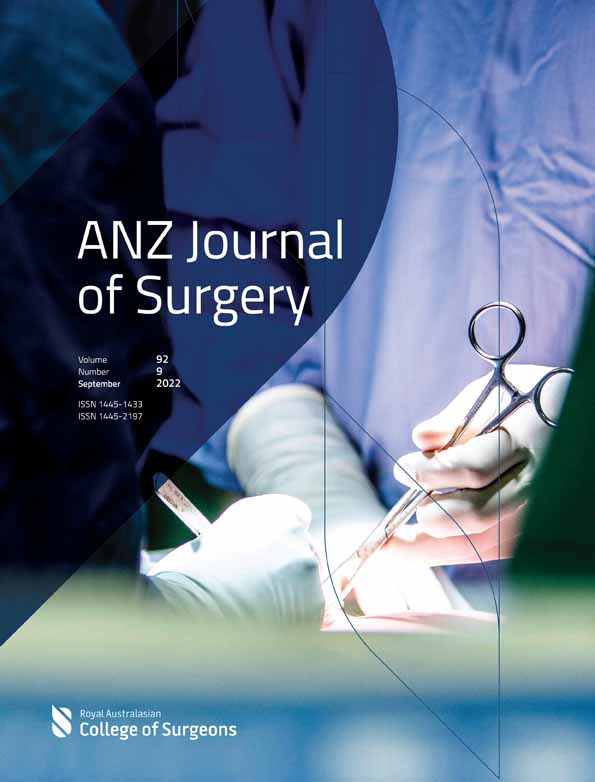Management of oesophageal impaction of button batteries in Queensland
The corresponding author is not a recipient of a research scholarship. The paper is not based on a previous communication to a society or meeting.
Abstract
Background
Oesophageal button battery impaction (OBBI) is a medical emergency requiring timely removal due to rapid oesophageal tissue injury. The aim of this study was to characterize circumstances of OBBI and identify potential barriers to timely removal of button batteries (BB) in the paediatric population.
Methods
This is a retrospective review of OBBI cases between January 2018 to June 2019. Medical records were used to obtain patient demographics, battery size and type, battery source, location of initial presentation and outcomes. Time to obtaining x-ray, transfer to tertiary centre and to removal of button battery were recorded.
Results
Eight cases of OBBI were recorded during the 18 months study timeframe. Six patients were male and two were female, aged 0.97 to 2.8 years. Six were from an English-speaking background and two were from families of non-English speaking background. Battery removal occurred at Queensland Children's Hospital (QCH) in seven of eight cases. Time from ingestion to initial presentation to hospital ranged from 39 min to 123 h with a mean time of 2 h and 13 min. Overall, the total time from ingestion of BB to removal ranged from 2 h 54 min to 126 h 51 min.
Conclusion
Despite being recognized as a time critical emergency, diagnostic, geographic and logistic challenges in Queensland make optimal care a challenge. Primary prevention strategies coupled with an expanded network for safe battery removal, and novel management strategies such as honey and acetic acid could improve care and reduce morbidity.
Conflict of interest
None declared.




